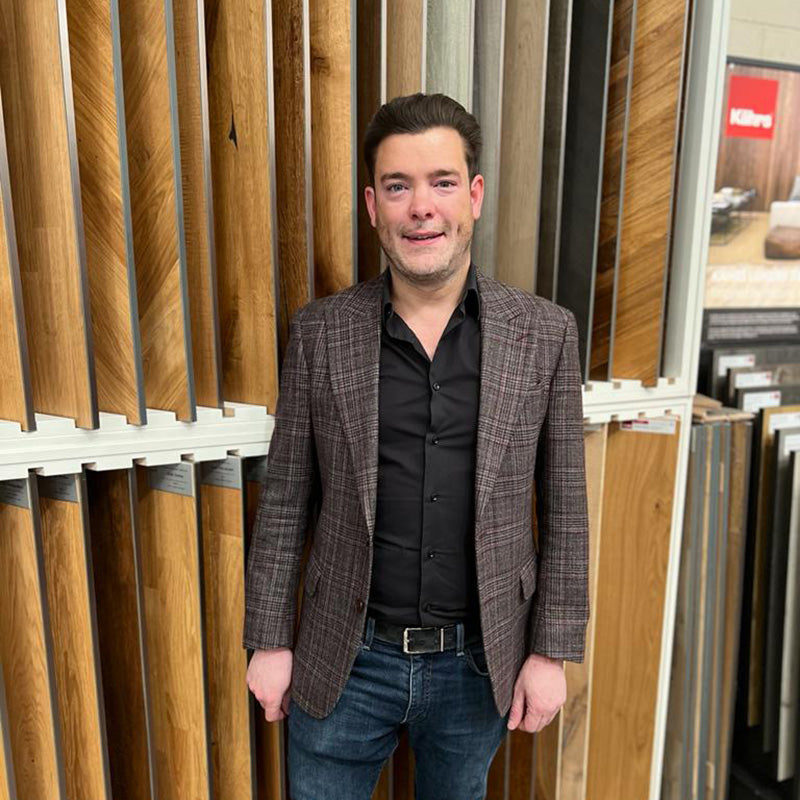Best Noise-Reducing Flooring in 2025
Quick Links
Best Flooring Options for Reducing Noise
There’s nothing like being jolted out of a Zoom call by your upstairs neighbour dragging a chair across their kitchen. Or attempting to concentrate while children run down the corridor. These minor daily sounds quickly accumulate, particularly if you work from home or live in an apartment.
Flooring may significantly alter how quiet—or noisy—your space seems, even though soundproofing might seem like something you do to a music studio.
You're not dreaming if you've ever thought, "Wow, my place echoes like crazy." You're not alone, either.
Let’s talk about what flooring materials are good at killing noise—and which ones you should probably avoid.
How Floors Can Either Kill or Amplify Sound
The problem is that most floors weren't made with sound in mind when they were designed. Hardwood, laminate, and tile all have a lovely appearance, but they also reverberate sound like crazy.
You can therefore hear someone dropping a fork in the kitchen from three rooms away.
What you want instead are materials that can absorb sound. That means when your dog runs across the room or you roll your desk chair back, the sound stays local—it doesn’t echo through the building like you just knocked over a shelf.
But it’s not just the top surface that matters. What’s underneath your floor—called the underlay—does a lot of the heavy lifting when it comes to softening impact.
Best Flooring Options for Reducing Noise
Cork
This one doesn’t get enough love. Due to its inherent flexibility, cork absorbs vibrations and absorbs footsteps. If you live in an area without carpet, you will notice the difference more than others.
In addition to being warm underfoot, it has some elasticity, which helps the legs stand for extended periods of time. Just keep in mind that cork doesn't like puddles, so don't store it anywhere that gets waterlogged frequently.
Carpet
Carpet is still the best choice if you're serious about reducing noise, even though it may not be the most visually appealing alternative.
Wall-to-wall carpeting reduces footsteps and echoes more effectively than nearly anything else, especially when paired with a good pad underneath.
Even carpet tiles (which are easier to swap out if something spills) offer solid sound control for workspaces or bedrooms.
Luxury Vinyl
Not all vinyl is created equal. The cheaper stuff clicks and clacks underfoot. However, some of the more recent luxury vinyl plank (LVP) alternatives have a rubber or foam backing that genuinely does a good job of reducing noise.
It's ideal for kitchens and pet-owning households because it's water-resistant and incredibly easy to clean.
If you choose this path, be sure to read the product specifications. You should look for something that expressly states that it has acoustic backing or soundproofing built in.
Engineered Wood
Engineered wood with a sound-absorbing underlay is a terrific compromise if you adore the appearance of wood but detest the noise.
It doesn't creak as much as conventional hardwood since it is more sturdy. Pair it with a dense rubber or felt underlayment and you’ve got something that looks high-end without turning your hallway into a sound tunnel.
Rubber Flooring
Okay, so rubber doesn’t scream “interior design masterpiece,” but it’s actually not bad if you want a space to be both quiet and low-maintenance.
Some newer rubber tiles and planks look like wood or stone and blend in better than you’d expect. And if you’ve got kids, pets, or a home gym, this is a solid pick.
Don’t Skip the Underlayment
No matter what material you choose, the underlayment is everything. Foam, cork, rubber—each one has its own sound-absorbing properties.
Even the best soundproof floor won’t work right if you lay it directly onto concrete or wood with no buffer in between. Think of underlay like the secret sauce. It’s invisible, but you’d miss it if it weren’t there.
Conclusion
Here’s the deal: You don’t have to soundproof your whole home. Just start with one room—the one where you spend the most time or get interrupted the most.
Whether it’s cork in the office, carpet in the bedroom, or vinyl in the kitchen, there’s a quieter version of just about every flooring type out there. And once you experience that peace and quiet, you’ll wonder how you ever lived without it.



